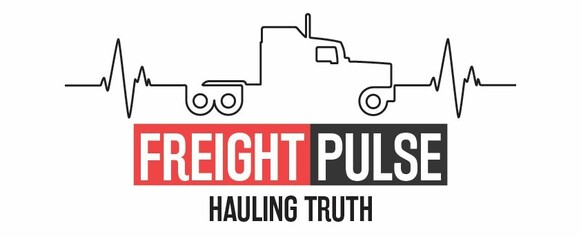New Report Assesses Truck-Related Congestion Across 325 U.S. Locations.
For the seventh consecutive year, the intersection of Interstate 95 and state Route 4 near the George Washington Bridge in Fort Lee, N.J., has been ranked as the nation’s top truck bottleneck, according to a fresh report by the American Transportation Research Institute (ATRI).
The ATRI’s 2025 Top Truck Bottleneck List evaluates truck-related congestion at hundreds of locations within the national highway network. The findings, derived from a comprehensive database of freight truck GPS data, employ specialized software and analysis techniques, processing vast amounts of data from trucking operations to generate a congestion impact score for each site. ATRI’s truck GPS data also support the U.S. Department of Transportation’s Freight Mobility Initiative.
This year’s bottleneck report highlights the top 100 most congested locations among more than 325 freight-critical areas that ATRI continuously monitors.
The 10 most congested bottlenecks
1. Fort Lee, N.J.: I-95 at SR 4
2. Chicago: I-294 at I-290/I-88
3. Houston: I-45 at I-69/US 59
4. Atlanta: I-285 at I-85 (North)
5. Nashville: I-24/I-40 at I-440 (East)
6. Atlanta: I-75 at I-285 (North)
7. Los Angeles: SR 60 at SR 57
8. Cincinnati: I-71 at I-75
9. Houston: I-10 at I-45
10. Atlanta: I-20 at I-285 (West)
“Truckers face delays equivalent to 436,000 drivers sitting idle for an entire year because of congestion,” stated ATRI President Rebecca Brewster. “While these numbers are worsening, the silver lining is that states do not have to settle for the current situation. Illinois, once home to the nation’s top bottleneck, has managed to improve, with the Jane Byrne Interchange in Chicago now outside the top 10 thanks to a sustained capacity expansion effort.” She emphasized that the data serves as a guide for policymakers to reduce bottlenecks, cut emissions, and stimulate economic growth.
The Jane Byrne Interchange project notably improved truck speeds during rush hour by nearly 25% compared to pre-construction levels, ATRI highlighted.
However, ATRI’s report — based on 2024 data — found that traffic conditions continue to worsen, with some of the issues being exacerbated by work zones linked to ongoing infrastructure projects. On average, truck speeds during rush hour dropped by 3%, now sitting at 34.2 mph, while the top 10 bottleneck locations reported an average rush hour truck speed of just 29.7 mph.
“With the Trump administration and the new Congress beginning the process of reauthorizing the federal highway bill, this report provides a clear starting point,” said Chris Spear, President of the American Trucking Associations. “These bottlenecks don’t just impede supply chains, adding $109 billion annually to transportation costs for everyday goods, they also affect the daily lives of all motorists who rely on the national highway system for commuting.”
He added, “Focused investments to address this traffic congestion represent projects with measurable returns on investment — exactly the kinds of initiatives taxpayers expect from their elected officials.”
The states with the highest number of top 100 bottlenecks were Texas (12), Georgia (9), California (8), Tennessee (7), and Illinois (6).
Possible solutions

Addressing the truck bottlenecks highlighted in the ATRI report requires a multi-faceted approach involving both short-term and long-term strategies.
-Infrastructure expansion and upgrades (adding lanes, improved interchange design, dedicated truck lanes)
-Smart traffic management systems (adaptive signal control, real-time data and alerts)
-Construction zone management (minimized disruption during peak hours, efficient project planning)
-Freight technology and optimization (telematics for route optimization, automation and AI)
-Urban planning and zoning ( freight-sensitive zoning, distribution centers and logistics hubs)
By implementing a combination of these solutions, it is possible to mitigate the effects of truck-related congestion and improve the efficiency of the nation’s freight network.

